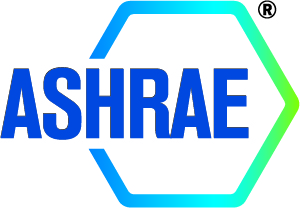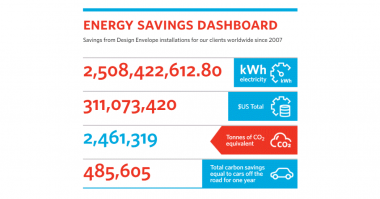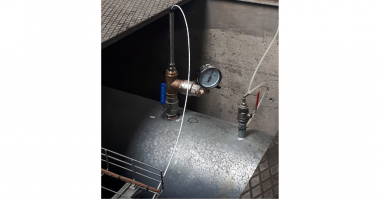A new publication is now available to empower owners, contractors, consulting engineers, architects, designers and administrators of K-12 school buildings to cost effectively achieve advanced levels of energy savings.
The resource, Advanced Energy Design Guide for K-12 School Buildings – Achieving Zero Energy, is the first in a series of guides that is tailored to the design and creation of zero energy buildings. The guides are developed by ASHRAE, the American Institute of Architects (AIA), the Illuminating Engineering Society (IES), the U.S. Green Building Council (USGBC) with support and funding from the U.S. Department of Energy (DOE) through the National Renewable Energy Laboratory (NREL). The guide is available as a free download at www.ashrae.org/freeaedg.
“This comprehensive guide was developed by a team of zero energy experts that bring building science and practical application together to create an achievable goal of zero energy schools,” says Paul Torcellini, project committee chair. “The guide builds upon the popular 50% advanced energy design guide series with new and updated recommendations on energy efficiency. Additionally, it provides guidance for on-site renewable energy generation and establishes a set of energy performance goals for achieving zero energy. The goals are provided for all ASHRAE climate zones, in both site and source energy.”
Strategies for achieving energy targets are provided throughout the guide and cover how to set measurable goals, hire design teams committed to that goal, use simulation throughout the design and construction process, and maintain awareness about how process decisions affect energy usage.
As in previous guides, the how-to tips provide specific direction broken into specialty areas—building and site planning, envelope, daylighting, electric lighting, plug loads, kitchens and food service, water heating, HVAC and renewable generation. Each section contains multiple tips that move the design incrementally toward the zero-energy goal. Case studies and technical examples illustrate that the energy goals are achievable at typical construction budgets, as well as demonstrate the technologies in real-world applications.
Additional features of the Advanced Energy Design Guide for K-12 School Buildings – Achieving Zero Energy include:
- Guidance on how to connect zero energy and teaching and learning, as well as how to use zero energy as a catalyst for learning
- Practical advice for owners and designers to achieve successful energy outcomes – and direction for school administrators on how to achieve zero energy in their new schools
- Information on how every design decision can move a project toward zero energy
- Achievable energy targets all schools can strive toward, including schools without renewable energy sources
- Recommendations for conceptual phase building planning and siting
- Strategies to reduce and eliminate thermal bridging through the building enclosure
- Plug load control and management plans to reduce energy consumption in K-12 schools
- LED light sources and controls recommendations for better lighting quality and energy benefits
- Information on thermal mass to ensure optimum energy savings for HVAC systems
- Strategies for balancing energy efficiency and renewable energy generation including the best use of roof space
To learn more and download Advanced Energy Design Guide for K-12 School Buildings – Achieving Zero Energy, please visit www.ashrae.org/freeaedg.
About ASHRAE
ASHRAE, founded in 1894, is a global society advancing human well-being through sustainable technology for the built environment. The Society and its more than 56,000 members worldwide focus on building systems, energy efficiency, indoor air quality, refrigeration and sustainability. Through research, standards writing, publishing, certification and continuing education, ASHRAE shapes tomorrow’s built environment today. More information can be found at www.ashrae.org/news.





Comments